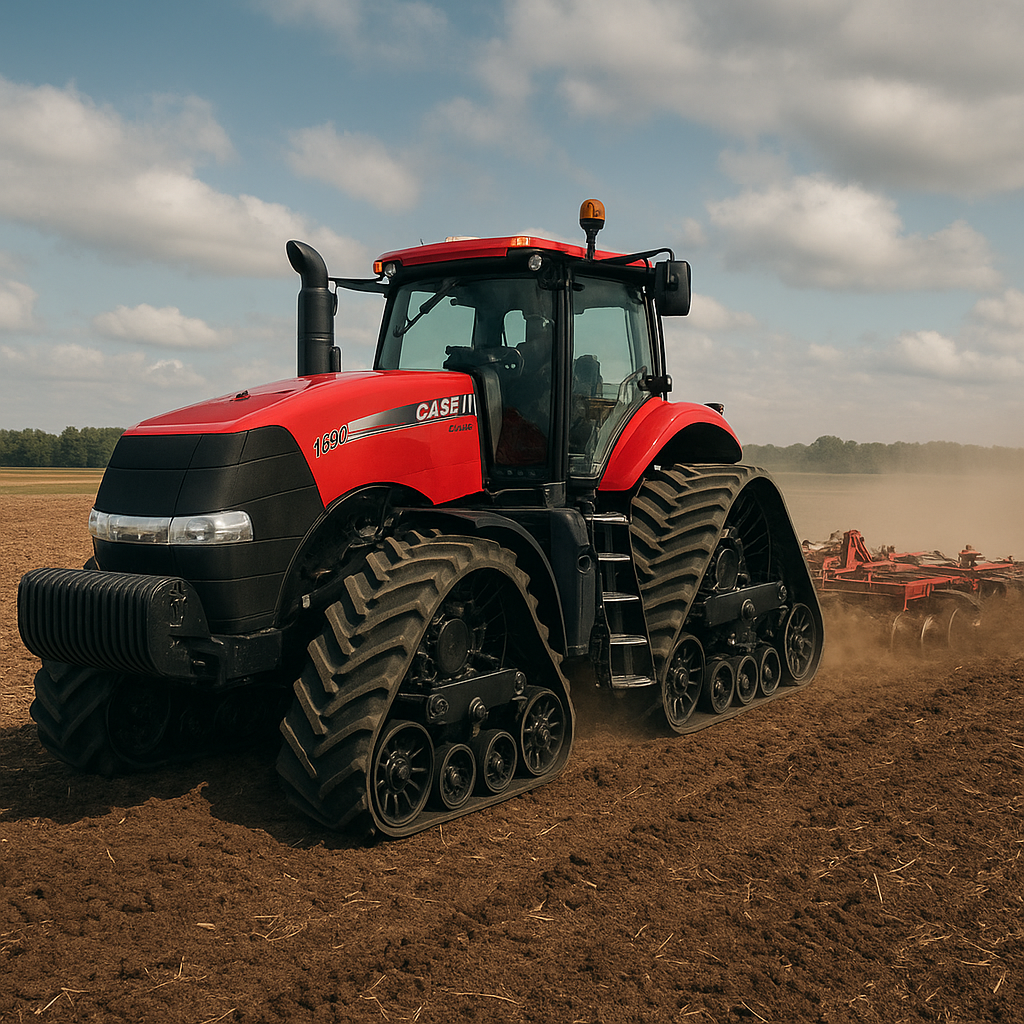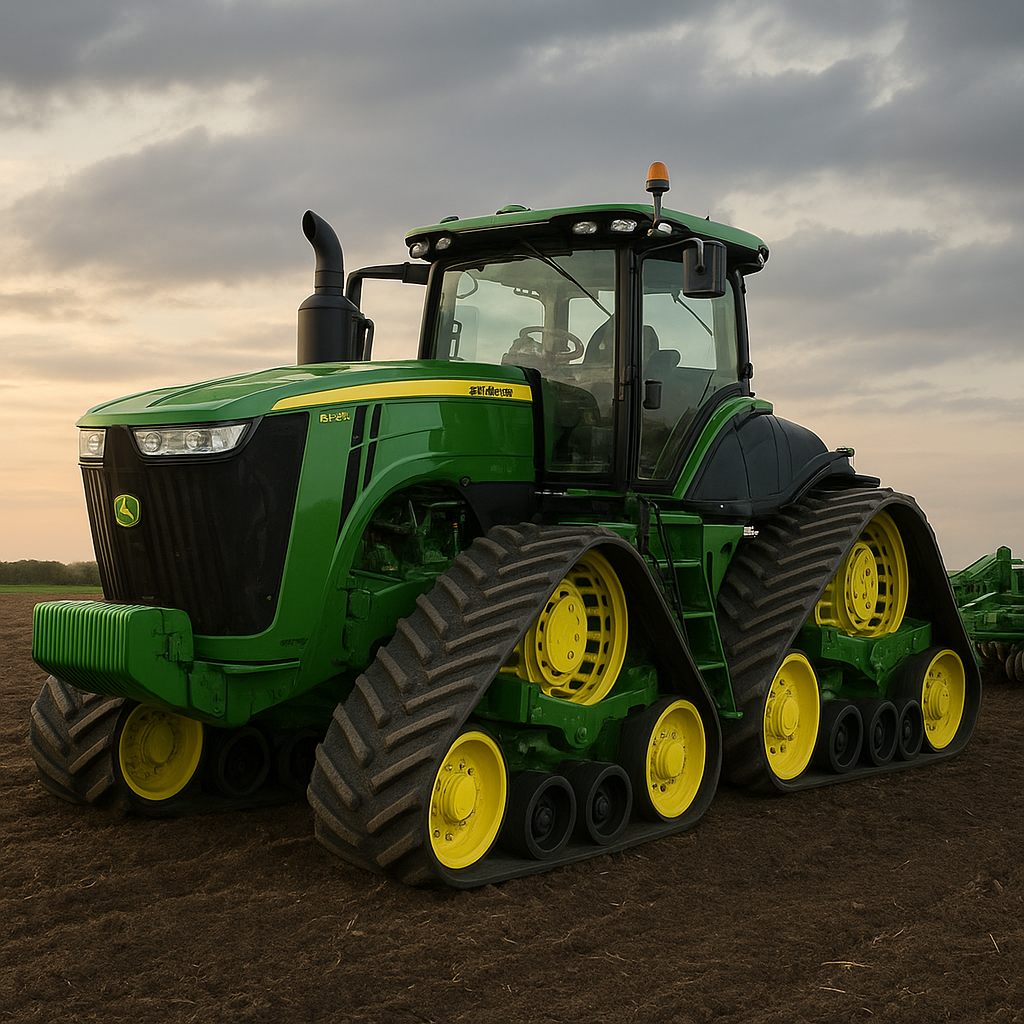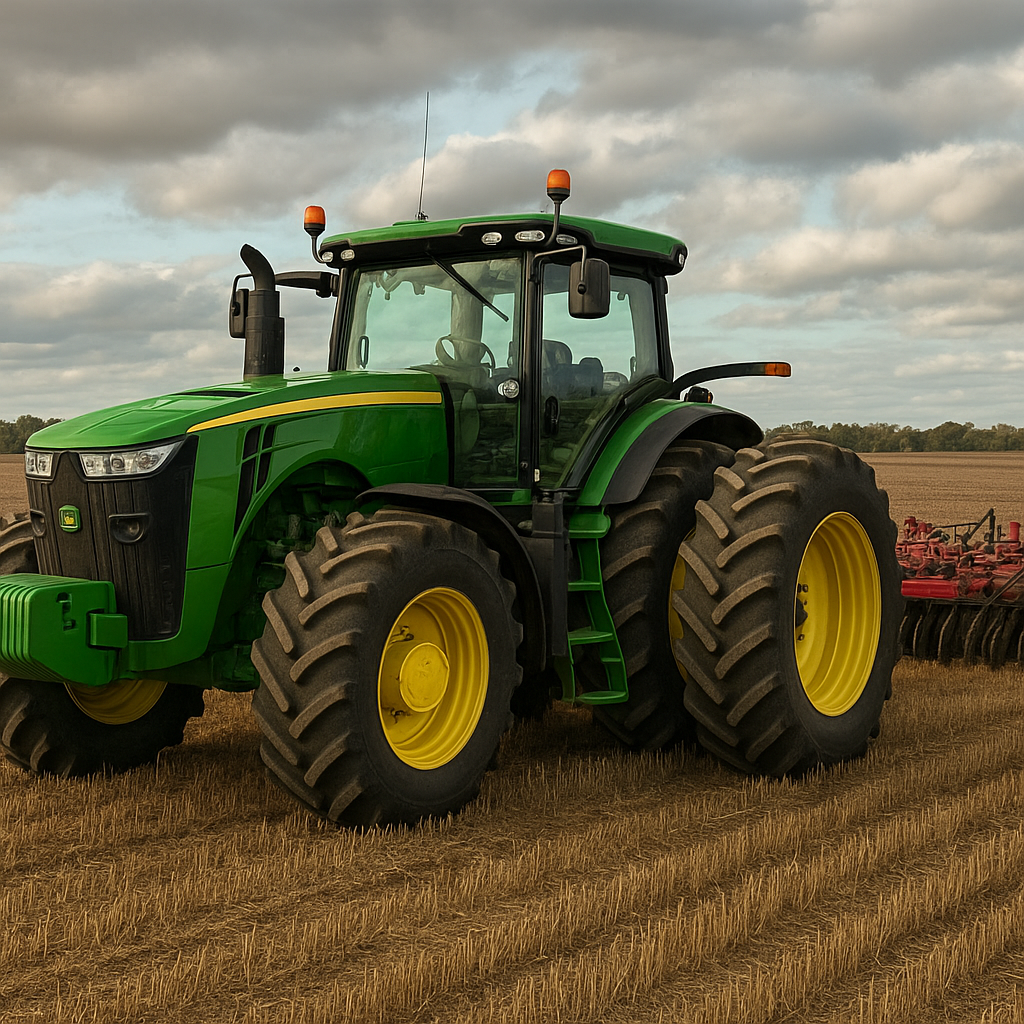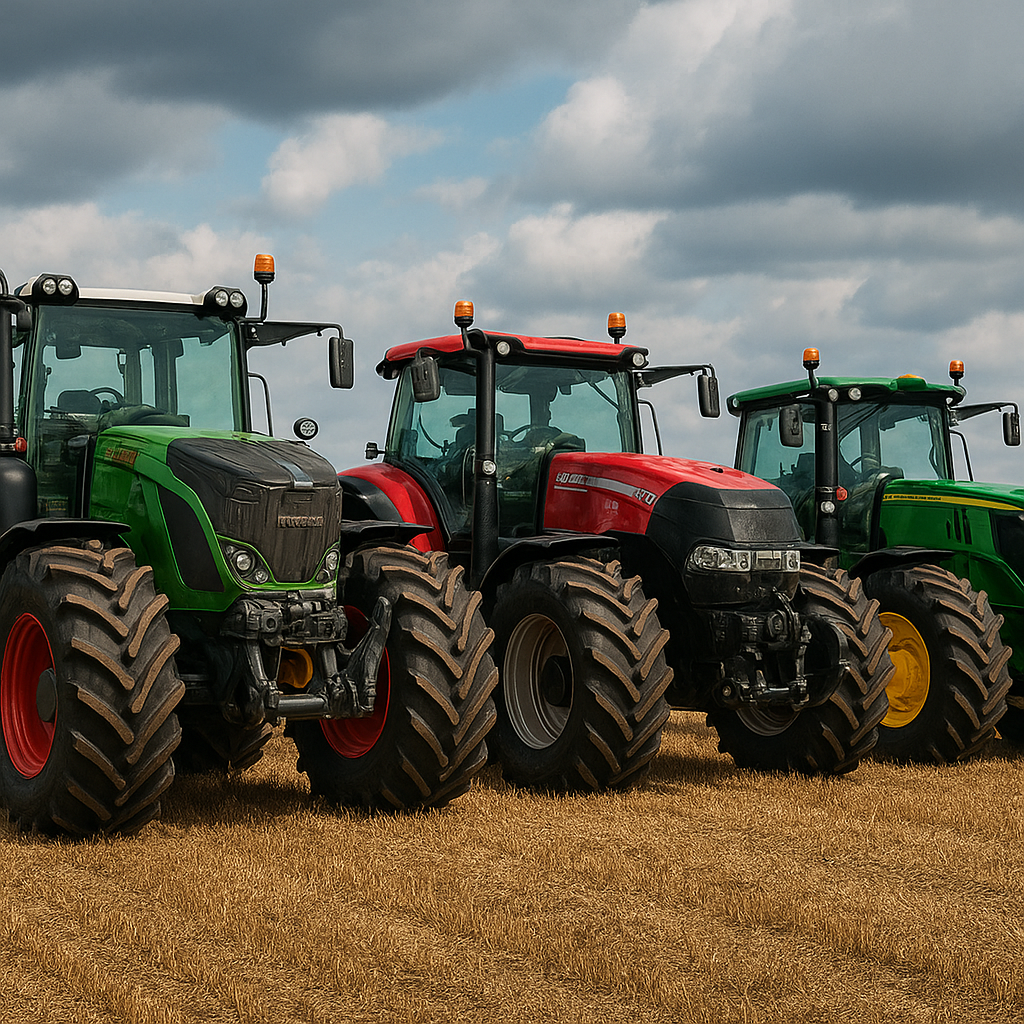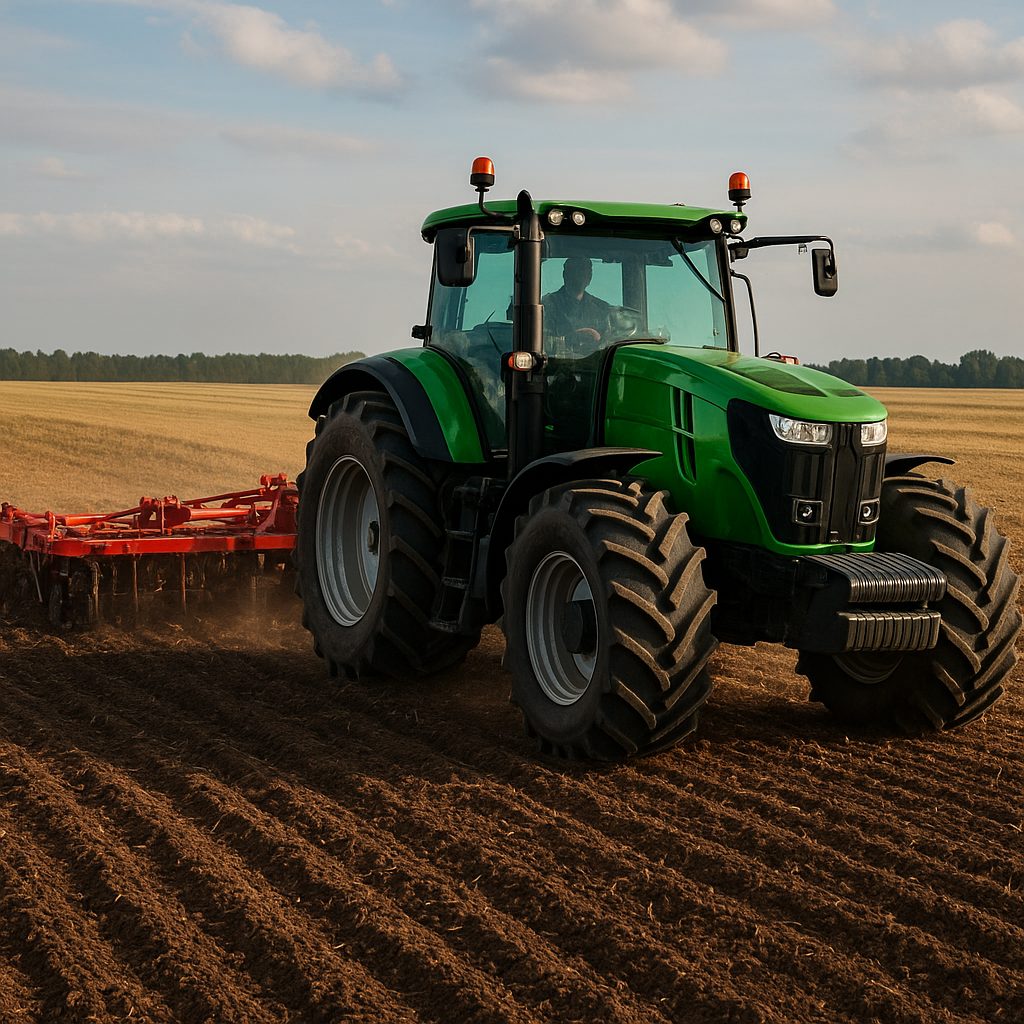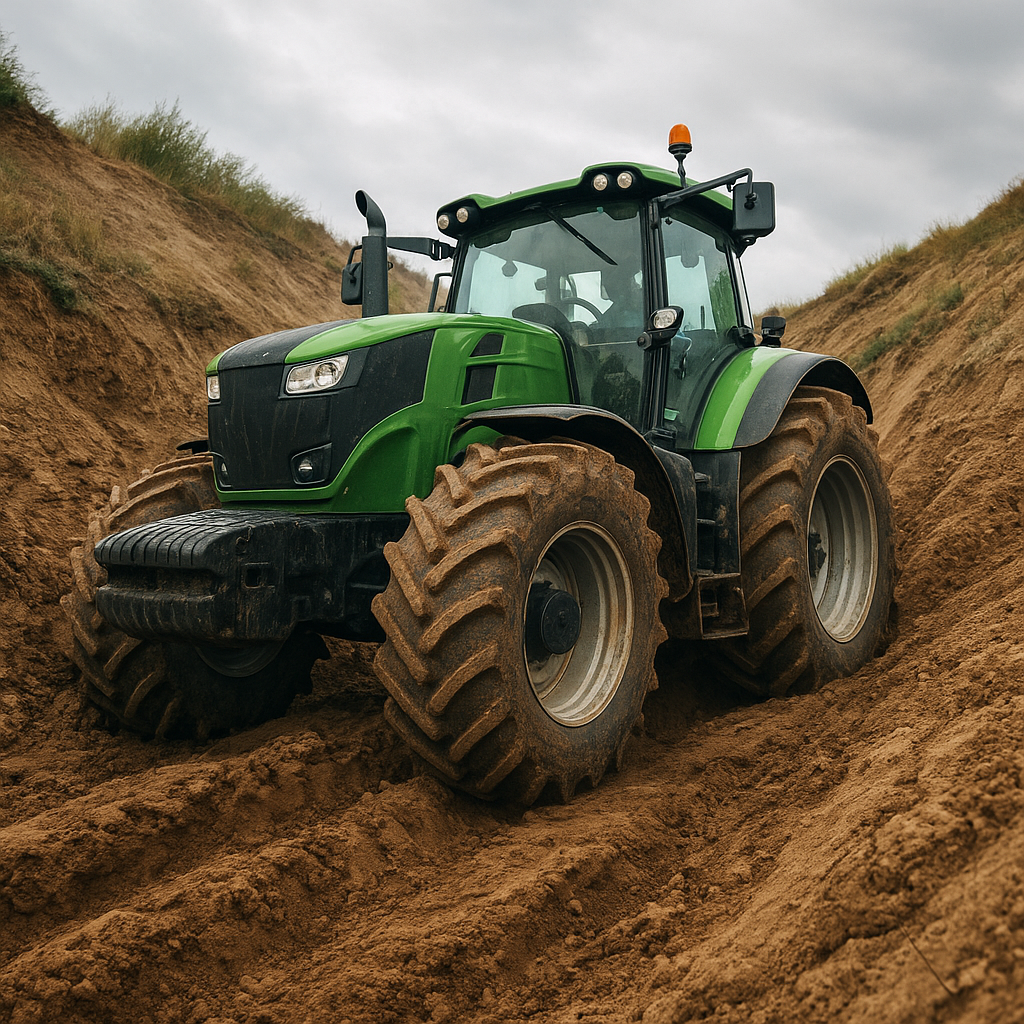The pursuit of monumental agricultural machines has led engineers to push the boundaries of size, power, and innovation. From sprawling Midwestern farms to vast plains in Europe, the quest for ever-larger tractors has been fueled by demands for higher efficiency, greater field coverage, and the ability to tow colossal implements. This exploration delves into the engineering feats behind the largest tractors ever built, examining their powerplants, structural designs, traction solutions, and advanced technologies that redefine modern farming.
Monstrous Powerhouses: Record-Breaking Horsepower Engineers Have Achieved
The heart of any giant tractor is its engine. Over the years, manufacturers have skyrocketed diesel displacement and reinvented turbocharging to chase unprecedented horsepower ratings. At the pinnacle sits the Big Bud 747, famous for its 1,100 hp Detroit Diesel V16 that delivers mind-bending torque. With a displacement exceeding 27 liters, this behemoth set the standard for raw output.
More recent contenders like the New Holland T9 series employ a 16.9-liter Cursor 16 engine equipped with twin-stage turbos and exhaust gas recirculation systems. These innovations not only boost peak power beyond 600 hp but also optimize combustion and reduce emissions. Modern engine control units (ECUs) manage fuel injection timing to within microseconds, ensuring that every drop of diesel contributes to maximum thrust.
Another milestone is the Fendt 1150 Vario MT, featuring the Agco Power 16.4-liter inline-six. Despite a lower cylinder count, advanced rail-pressure injection and variable-geometry turbochargers push it above 500 hp while meeting stringent Tier 4 final emissions standards. By leveraging high-pressure common rails and precision piezo injectors, the Fendt balances high performance with environmental responsibility.
Structural and Mechanical Marvels Driving Weight and Durability
Handling the stresses of immense weight and torque requires a robust chassis and drive components. Engineers often turn to multi-plate steel frames with integrated roll-over protection systems (ROPS). These latticed structures are computer-optimized using finite element analysis (FEA) to distribute loads and minimize stress concentrations.
The Kinze Titan tractor demonstrates this approach by merging modular castings with high-strength alloy reinforcements. Its underframe can support over 50 tons gross vehicle weight while resisting torsional flex during heavy tillage. Similarly, John Deere’s 9RX Series incorporates a heavy-duty box-section mainframe that absorbs dynamic loads from both implements and uneven terrain.
Drive shafts and axles also undergo heavy-duty upgrades. Large tractors utilize triple-reduction final drives and staggered planetary gears to multiply torque before it reaches the wheels or tracks. These components are often carburized or induction-hardened, providing exceptional wear resistance under high-load cycles. Additionally, sealed-for-life bearings and synthetic lubricants extend maintenance intervals, enhancing uptime during critical planting and harvest windows.
Advanced Traction, Transmission, and Hydraulics Systems
Generating power is only half the battle; transferring it to the ground without slipping is equally vital. Many of the biggest tractors adopt rubber tracks over traditional wheels. The Challenger MT1000, for instance, uses quad-tracks that spread the machine’s mass across a larger contact patch, reducing soil compaction and enhancing traction in soft fields.
For wheeled giants, tire technology plays a pivotal role. Oversized radial agricultural tires with reinforced steel belts provide flotation and self-cleaning tread patterns. Engineers calibrate tire deflation systems to adjust air pressure on the fly, balancing traction and ride comfort.
Transmissions in these colossi range from IVT (Infinitely Variable Transmission) systems to power-shift gearboxes with a dozen forward and reverse ratios. An IVT, like that found in Fendt tractors, uses hydro-mechanical couplings to achieve seamless acceleration without shifting shocks. In contrast, multi-clutch power-shifts allow rapid gear changes under load, maximizing drawbar pull in draft-sensitive operations.
Hydraulic systems are no less critical. High-capacity pumps delivering over 600 liters per minute feed multiple circuits for steering, hitch control, and PTO (Power Take-Off) engagements. Variable-displacement axial-piston pumps paired with load-sensing electronics ensure that hydraulic power is distributed exactly where needed, minimizing fuel waste and heat buildup. Auxiliary valves can handle implements requiring precise flow rates, such as planters with individual row control.
Operator Experience and Cutting-Edge Technology Integration
Behind the wheel of a mega-tractor sits a highly trained operator, and manufacturers spare no effort in enhancing ergonomics and digital support. Spacious cabs with climate control, noise-dampening panels, and adjustable seats reduce fatigue during marathon working days. Panoramic glazing and LED lighting systems ensure visibility around massive implements, even under overcast skies or at night.
Precision agriculture markedly uplifts productivity. GPS-based auto-steer systems enable centimeter-level accuracy, minimizing overlaps and skips. Telematics modules relay real-time data on fuel consumption, engine health, and field coverage to remote farm management platforms. Using these insights, agronomists can fine-tune fueling strategies, service schedules, and implement configurations for maximum ROI.
Advanced sensors now monitor soil compaction, moisture, and organic content as the tractor moves across the acreage. By linking to variable-rate application equipment, operators can apply fertilizer, seed, or herbicide only where needed, significantly improving efficiency and reducing environmental impact. Some prototypes even integrate machine learning algorithms that adapt driving patterns based on terrain undulations and traction feedback.
Future developments hint at semi-autonomous or fully autonomous giants. Leveraging LIDAR, radar, and computer vision, these tractors could operate with minimal human intervention, following precise field trajectories and adjusting speed to implement demands. Artificial intelligence assistants already guide operators through diagnostic checks and service bulletins, further streamlining maintenance and uptime.
Global Impact and Sustainability Considerations
The march toward larger tractors influences global farming practices. In regions with expansive row-crop operations, mega-tractors drive down labor costs and accelerate planting and harvest windows. Their massive hoppers and drawbar capacities allow for single-pass tillage and seeding of hundreds of acres per day.
Nonetheless, the industry grapples with sustainability challenges. High fuel consumption and soil compaction raise concerns among environmental advocates. To address this, engineers explore alternative power sources such as hybrid electric drives and hydrogen fuel cells. Preliminary models pair diesel engines with battery packs to handle peak power demands, thereby reducing idling emissions during light-duty transport.
Moreover, track-based systems continue to evolve, offering lower ground pressure than wheels. Combined with advanced weight distribution algorithms, these innovations preserve soil structure and enhance long-term fertility. Manufacturers are also investigating bio-based hydraulic fluids and recyclable composite materials to minimize the ecological footprint of these agricultural titans.
By harmonizing unbridled power with intelligent design, the biggest tractors ever made stand as testaments to human ingenuity. They embody the relentless drive to feed an ever-growing population while striving to mitigate environmental impact. As technology accelerates into electrification, automation, and data-driven agronomy, the next generation of colossal tractors promises to be even more durable, efficient, and sustainable than their mighty predecessors.

